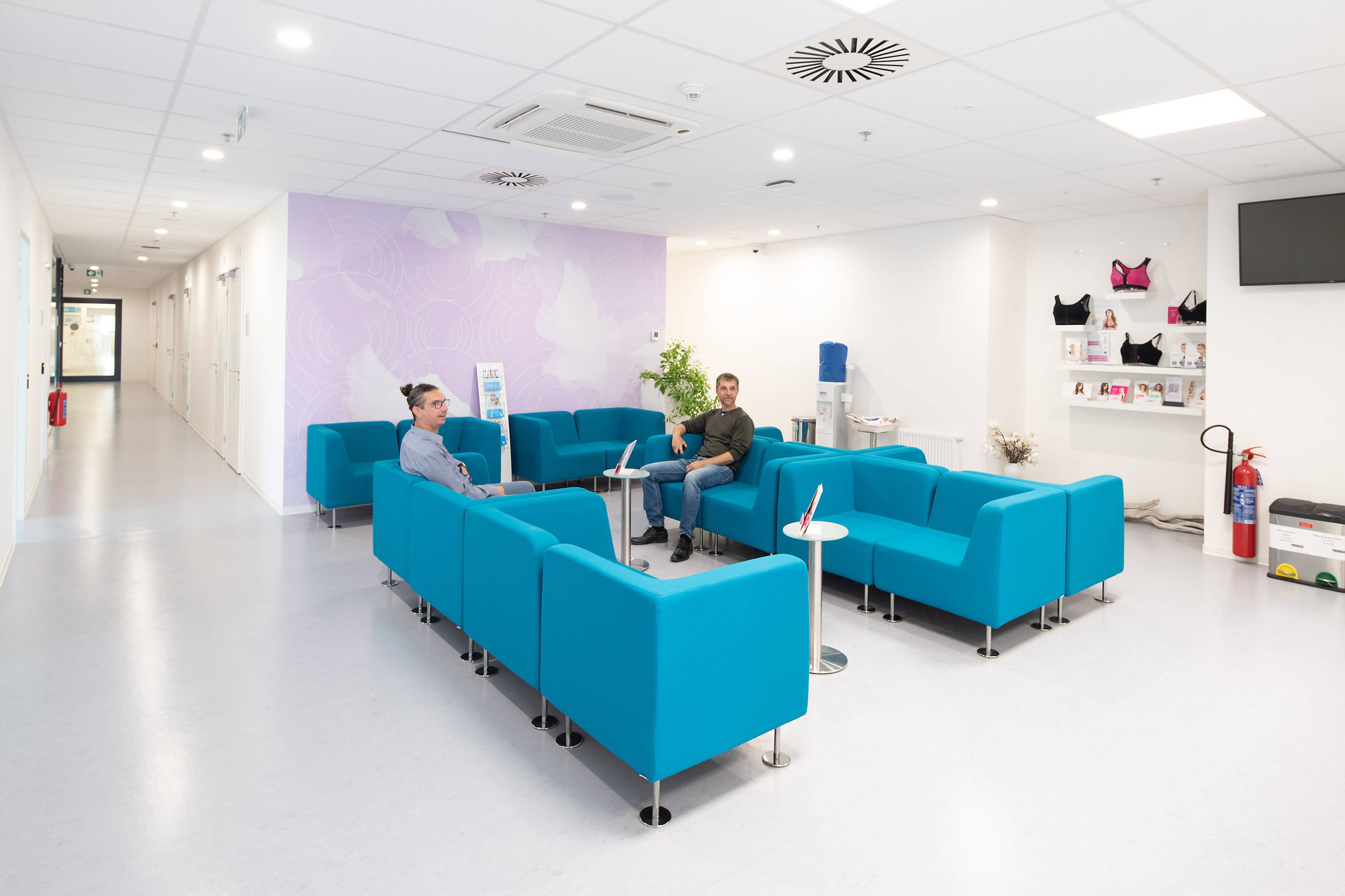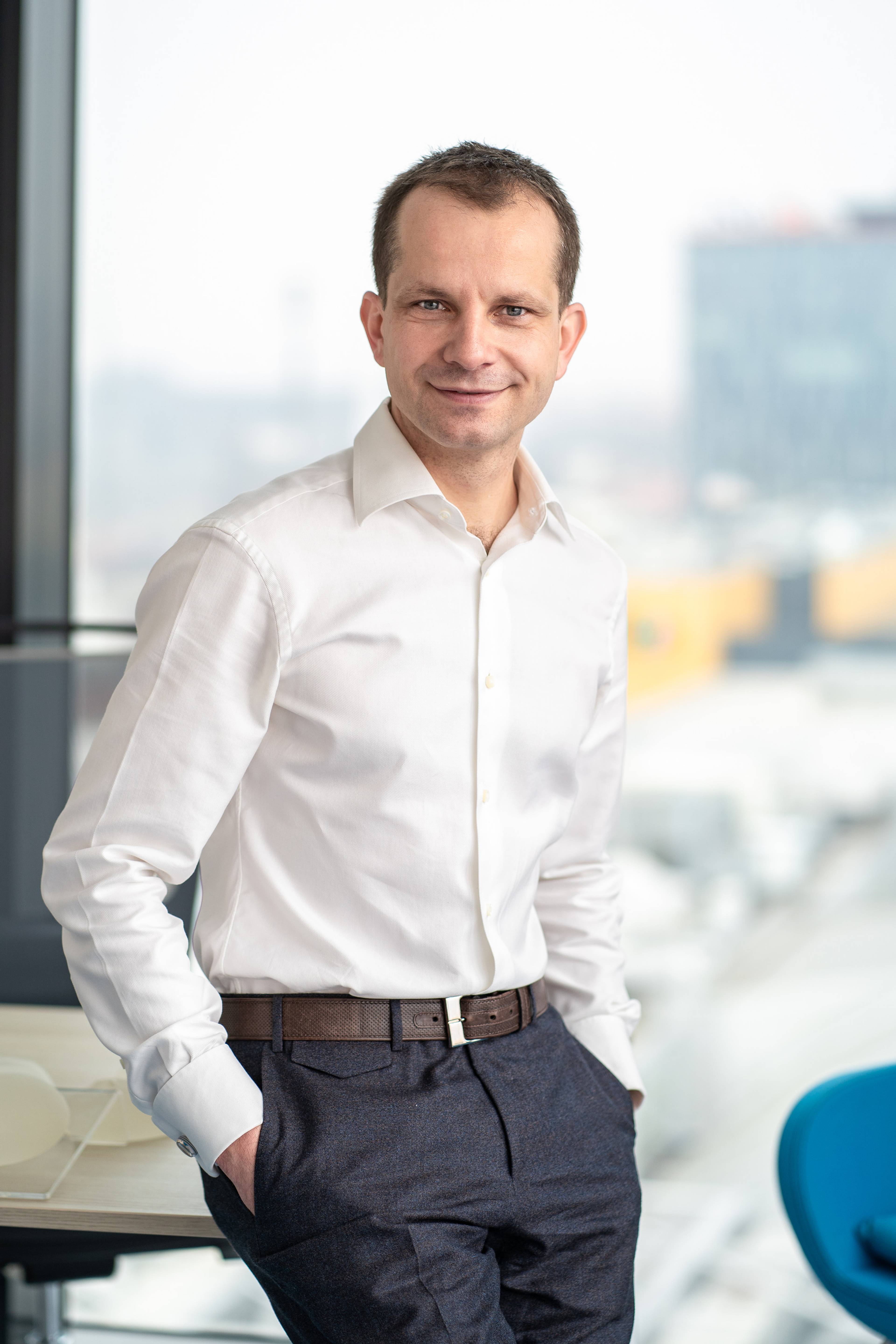Male breast reduction: a fresh start without complexes
Male breast removal at ISCARE clinic in Prague is often requested by men who wish to improve their body contours. By the surgical treatment of gynecomastia (male breasts) the size of breasts is reduced by removing the fatty tissue and mammary glands. It is a standard operation with just a few days of downtime and a permanent outcome.
By the surgical treatment of gynecomastia, the size of breasts is reduced by removing the fatty tissue and mammary glands. Not always is gynecomastia caused only by enlarged glands. It could happen due to hormonal disbalance, obesity, psychological problems or increasing age. Therefore, doctors distinguish between a plain form of gynecomastia and lipomastia (increasing of adipose tissue). The surgery is done either by an incision around the areola, or by liposuction. During the operation areola can also be reduced if needed. Overall, the surgery is final and treats the problem completely with an immediate and lasting effect.
- Prior to the surgery, there is a detailed discussion with the surgeon about which approach to take and what exactly you expect as an outcome.
- You will be informed about the surgery duration, possible risks and the postoperative care.
- Before the surgery, the doctor marks the zones that should be adjusted.
- Before the surgery the patient undertakes an examination by our internist (blood test, ECG, evaluation of health status).
- The whole operation takes approximately 1-2 hours and is done under general anaesthesia.
- After the surgery, an elastic support around the chest should be worn for 6-8 weeks to compress the chest, eliminate bleeding, and help deliver the best outcome possible.
- The hospitalization is normally 1 day.
- The scars should not be exposed to solar radiation (sunbathing or solarium) for 2 months.
The length of inability to work depends on the patient's job and ranges from 2 to 6 weeks.

Pricelist
The Surgery
| Gynecomastia | 1 800 € |
| Gynecomastia with Vibration Assisted Chest Liposuction | 2 200 € |
Other Costs
| Preoperative Examination (for general anaesthesia) | 220 € |
| General Anaesthesia | 190 € |
| Hospitalization in Standard Room / per Night | 125 € |
| Compressive Garment - gynecomastia | 30 € |
Take a look
How it looks like at
Plastic surgery ISCARE




Frequently asked questions
If I cannot attend an appointment, what should I do?
Please contact your coordinator or the reception immediately by email or phone.
To check the status of a patient undergoing surgery, what number should I call?
You can find out about the condition of the operated patient at the inpatient ward by calling +420 234 770 450 (3rd floor) or +420 234 770 256 (4th floor). Please have the patient's identification PIN ready, without which information about the patient's condition cannot be provided.
How much does plastic surgery cost?
More information can be found in the plastic surgery price list.
The complete price of the surgery consists of the price of the procedure itself, anesthesia, hospitalization, selected compression underwear and any pre-operative examination.
Is plastic surgery treatment covered by health insurance?
Plastic surgery procedures are not covered by health insurance, so the patient is responsible for the full cost of the procedure.
How to make an appointment for plastic surgery?
You can make an appointment for a consultation by calling +420 234 770 235 or by emailing strakova@iscare.cz. Surgery appointments are booked after consultation with the doctor.
What do I need to bring with me when I have plastic surgery?
Everything you need for the procedure will be given to you by us, so bring your toiletries, identity card or a good book to help you pass the time.
Please leave your valuables at home.
What are the follow-ups after plastic surgery?
After general anaesthesia, a follow-up is required after 14 days and then 2 months after the operation.
After procedures under local anaesthesia, a follow-up is required after 7 days and then 2 months after the operation.
If necessary, the patient and the doctor will arrange check-ups individually.

